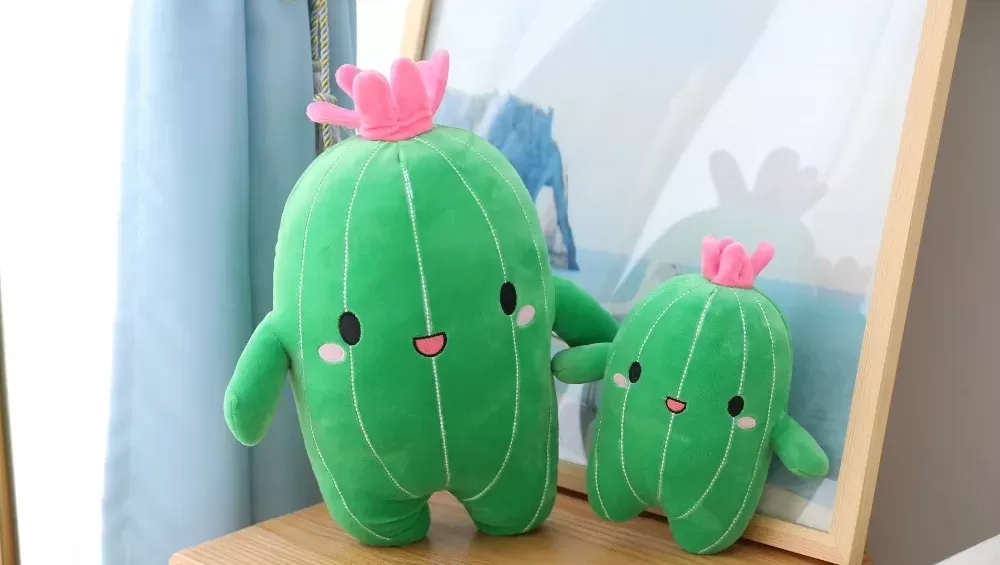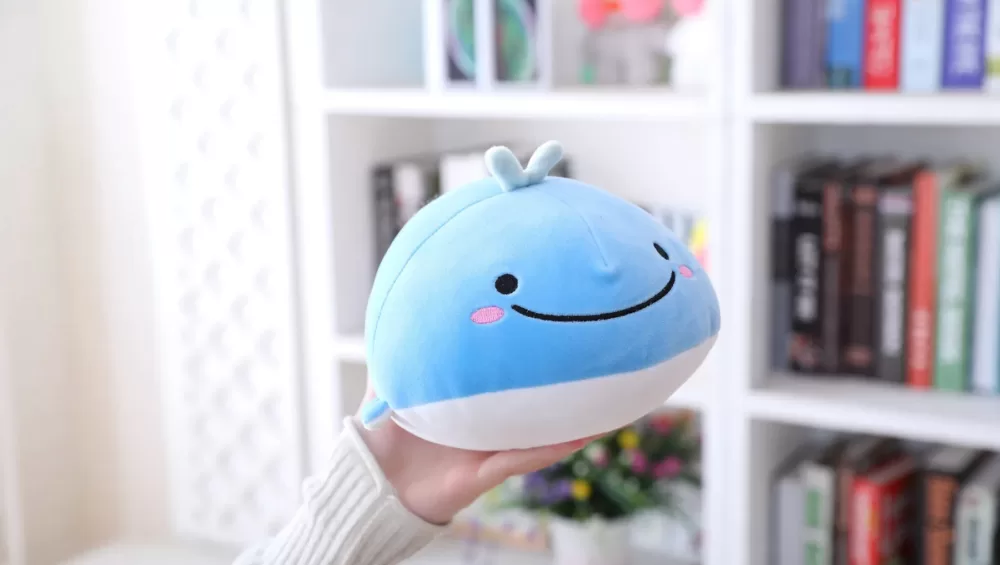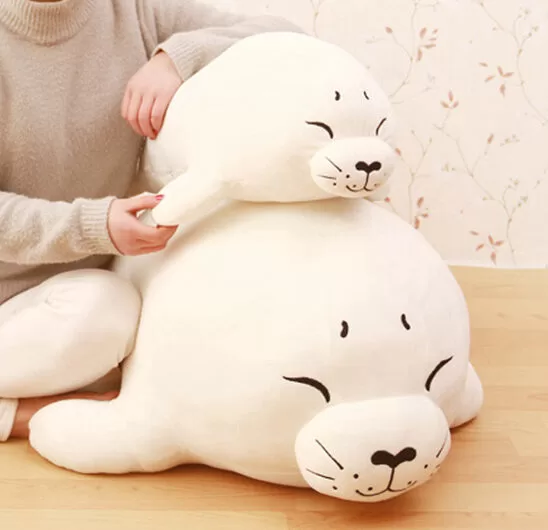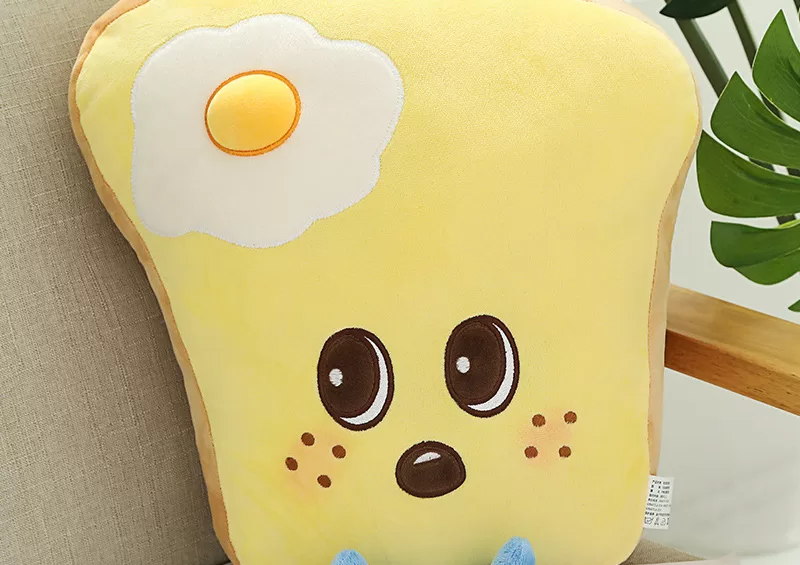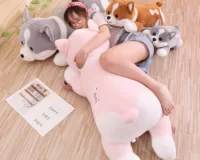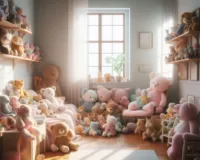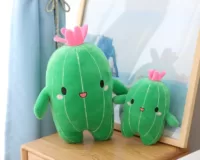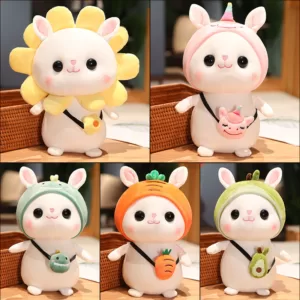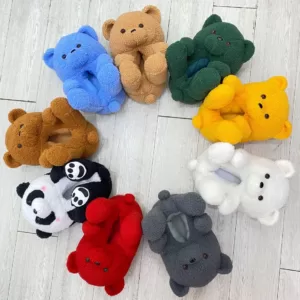Giant stuffed animals can bring joy and comfort to children and adults alike. However, over time, they can accumulate dust, dirt, and stains, making them look dingy and unpleasant. If you want to keep your giant stuffed animals clean and fresh, it’s essential to know how to clean them properly. In this comprehensive guide, we’ll take you through the steps to clean your oversized plush toys effectively. By following our tips, you can ensure the longevity of your beloved giant stuffed animals, keeping them soft and cuddly for years to come.
Gather Your Cleaning Supplies
To clean your giant stuffed animals effectively, you will need to have the right cleaning supplies. Here is a list of items you should have:
Cleaning Supplies:
- A mild detergent
- Warm water
- A soft cloth or sponge
- A vacuum cleaner with a brush attachment
- A spray bottle filled with water
These items will help you clean your giant stuffed animals thoroughly and safely.
It’s important to note that when cleaning giant stuffed animals, you should avoid using harsh chemicals, as they can damage the fabric or fur. Stick to mild detergents and natural cleaning solutions to keep your plush toys in good condition.
Additionally, before beginning the cleaning process, make sure that all the cleaning supplies are clean and free from dirt or debris. Rinse and dry the sponge or cloth, and ensure that the brush attachment of the vacuum cleaner is free of hair or dust. Keeping your cleaning supplies clean will help you avoid spreading dirt or grime onto your giant stuffed animals.
Check the Care Label Before Cleaning Your Giant Stuffed Animals
Before you start cleaning your giant stuffed animals, it’s essential to check the care label for instructions. The care label can be found on the toy’s tag or label and provides crucial information on how to clean and maintain it properly.
- The care label may indicate that the giant stuffed animal is machine washable. If so, you can wash it in a pillowcase or laundry bag on a gentle/delicate cycle using cold water and a mild detergent. Avoid using bleach or other harsh chemicals, which can damage the material.
- Alternatively, the care label may state that the toy is spot clean only. In this case, you’ll need to use a soft cloth or sponge and a mixture of warm water and mild detergent to gently clean the stained areas.
- If the care label advises against washing or spot cleaning the giant stuffed animal, it’s best to avoid cleaning it yourself and consider professional cleaning services instead.
Remember to follow the care label instructions carefully to avoid damaging your giant stuffed animals. Proper care and maintenance will keep your plush toys looking and feeling fresh and clean for longer.
Spot Cleaning Giant Stuffed Animals
If your giant stuffed animals have small stains or marks, spot cleaning is an effective method to clean them up.
To start, mix warm water with a mild detergent. Dip a soft cloth or sponge into the mixture, making sure to wring out any excess liquid. Then, gently scrub the stained area using circular motions. Be careful not to oversaturate the toy.
Once the stains are removed, rinse the cloth or sponge with clean water and remove any soapy residue. Repeat this process until the entire toy is clean.
After you’ve finished cleaning the giant stuffed animal, gently squeeze out any excess water and allow it to air dry. To speed up the drying process, place the toy in a well-ventilated area or use a cool setting on a hairdryer or fan.
Tips for Spot Cleaning Giant Stuffed Animals
- Always spot test your cleaning solution on a small, inconspicuous area of the toy before cleaning the entire thing to avoid discoloration or damage.
- Avoid using too much water or detergent to prevent damaging the plush material.
- For tough stains, try using a mixture of vinegar and water or a specialized fabric cleaner specifically designed for plush toys.
- After spot cleaning, make sure the toy is completely dry before storing it to avoid mold or mildew growth.
By following these simple tips and taking care in spot cleaning your giant stuffed animals, you can keep them looking clean and fresh for years to come.
Machine Washing Giant Stuffed Animals
If your giant stuffed animal is machine washable, follow these steps to ensure a successful wash:
- Place the toy in a pillowcase or laundry bag to protect it during the wash cycle.
- Use a gentle or delicate cycle with cold water and a small amount of mild detergent.
- Avoid using bleach or harsh chemicals.
- Once the wash cycle is complete, remove the toy from the pillowcase and allow it to air dry completely.
Make sure to check the care label before machine washing your giant stuffed animal, as some toys may require specific washing instructions. If you’re unsure about machine washing your plush toy, consider seeking professional cleaning services.
Drying Methods
After cleaning your giant stuffed animals, it’s important to dry them properly to avoid damaging the plush material. Avoid using a dryer as the heat can cause shrinkage or damage the fabric. Instead, gently squeeze out any excess water and place the toy in a well-ventilated area to air dry naturally. You can speed up the drying process by using a fan or a hairdryer on a cool setting.
It’s important to note that some giant stuffed animals may take longer to dry due to their size. In this case, you may want to consider propping them up with towels or placing them near a dehumidifier to help remove excess moisture. Avoid using direct heat sources such as radiators or heaters as these can damage the fabric.
It’s also a good idea to periodically check the toy during the drying process to ensure that it’s drying evenly. If you notice any areas that are still damp, gently blot them with a dry towel to remove any excess moisture.
Brushing and Fluffing Giant Stuffed Animals
After your giant stuffed animals are dry, it’s important to give them a little TLC to restore their full plushness. Use a soft brush or comb to gently fluff the fur or fabric. This will help to restore the plush toy’s shape and appearance.
It’s important to brush in the direction of the fur to avoid damaging the material. Start at the head or feet and work your way up or down the toy, depending on the direction of the fur. Be gentle and patient, as this process can take some time.
If you have a plush toy with long fur, be sure to use a wide-toothed comb instead of a brush. This will help to prevent any tangles or knots in the fur.
For particularly stubborn knots or tangles, try using a detangling spray or fabric softener. Simply spritz the affected area with the solution and gently comb through the fur. This should help to loosen any knots or tangles and restore the fur’s fullness.
By properly brushing and fluffing your giant stuffed animals, you can help to maintain their softness and appearance, ensuring that they are always ready for cuddles.
Removing Odours from Giant Stuffed Animals
If your giant stuffed animals have an unpleasant odour, there are a few methods you can use to freshen them up.
One effective way to remove odours is to sprinkle baking soda over the toy and let it sit for a few hours. This will help absorb any unwanted smells. After a few hours, use a vacuum cleaner with a brush attachment to remove the baking soda residue.
If you prefer a more fragrant solution, you can place the toy in a plastic bag with a fabric softener sheet overnight. The fabric softener will leave a pleasant scent on the toy.
It’s important to avoid using harsh chemicals or perfumes on your giant stuffed animals, as these can damage the material and leave behind a strong, unpleasant odour.
Regular cleaning and maintenance can also help prevent odours from building up on your plush toys. Be sure to spot clean any stains as soon as they occur and store the toys in a clean, dry location when not in use.
By following these simple tips, you can keep your giant stuffed animals smelling fresh and clean, ensuring they remain enjoyable for years to come.
Maintaining Cleanliness of Giant Stuffed Animals
To keep your giant stuffed animals looking and feeling their best, it’s important to maintain their cleanliness. By following a few simple tips, you can ensure that your oversized plush toys remain fresh and cuddly for years to come.
Spot Clean Regularly
One of the best ways to maintain cleanliness of your giant stuffed animals is to spot clean them regularly. Whenever you notice a stain or spill on your plush toy, attend to it right away. Dip a soft cloth or sponge in warm water and mild detergent and gently scrub the stained area using circular motions. Avoid oversaturating the toy with water, and be sure to rinse the cloth or sponge thoroughly to remove any soapy residue.
Store in a Clean, Dry Location
When not in use, it’s important to store your giant stuffed animals in a clean and dry location to minimize dust and dirt accumulation. Avoid storing them in basements or garages where they are more likely to be exposed to moisture and pests. Instead, keep them in a designated storage area like a closet or shelf.
Avoid Eating or Drinking Near Plush Toys
To prevent spills and stains, it’s a good idea to avoid eating or drinking near your giant stuffed animals. This will help keep them looking and smelling clean, and will also reduce the likelihood of attracting pests like ants or mice.
Use Baking Soda to Remove Odors
If your giant stuffed animals develop an unpleasant odor, use baking soda to remove it. Sprinkle a generous amount of baking soda over the toy and let it sit for several hours. Then, use a vacuum cleaner with a brush attachment to remove any baking soda residue.
Consider Professional Cleaning Services
If your giant stuffed animals require deep cleaning or if you’re unsure about cleaning them yourself, consider seeking professional cleaning services. These experts have the knowledge and equipment to safely and effectively clean your plush toys, ensuring their longevity.
Professional Cleaning Services for Giant Stuffed Animals
While cleaning your giant stuffed animals at home can be effective, there may be times when you require professional cleaning services to ensure they are properly maintained.
Professional cleaning services can help extend the lifespan of your oversized plush toys by using specialized equipment and techniques to clean them thoroughly without causing any damage.
Whether your giant stuffed animals require a deep clean or a delicate touch, professional cleaning services can cater to your specific needs. They can also help remove any tough stains or odours that may be difficult to remove at home.
By entrusting your giant stuffed animals to professional cleaners, you can have peace of mind knowing that they will be returned to you in pristine condition, ready for more cuddles and playtime.
When choosing professional cleaning services for your giant stuffed animals, be sure to do your research and select a reputable provider that has experience in cleaning oversized plush toys.
Overall, professional cleaning services can be a valuable investment for maintaining the cleanliness and longevity of your giant stuffed animals, ensuring that they remain a beloved part of your collection for years to come.
Conclusion
By following these simple steps, you can keep your giant stuffed animals looking as good as new. Regular maintenance and the right cleaning techniques will help preserve their softness and appearance, ensuring that your oversized plush toys remain clean, fresh, and ready for cuddles whenever you need them.
Remember to read the care label before cleaning your giant stuffed animals and always use mild detergent and cold water. Spot clean stains with a soft cloth or sponge, or machine wash if the toy is machine washable. Gently fluff the fur after drying and remove any odours with baking soda or a fabric softener sheet.
To keep your giant stuffed animals in top condition, make sure to store them in a clean and dry location when not in use. And if you’re unsure about cleaning them yourself or need deeper cleaning, consider seeking professional cleaning services. With these tips, you can enjoy your giant stuffed animals for years to come.
FAQ
How often should I clean my giant stuffed animals?
It is recommended to clean your giant stuffed animals at least once every few months, or more frequently if they become visibly dirty or stained. Regular maintenance will help keep them fresh and hygienic.
Can I machine wash all giant stuffed animals?
No, not all giant stuffed animals are machine washable. Always check the care label before attempting to clean them. Some may require spot cleaning only, while others can be safely washed in a machine.
What type of detergent should I use for cleaning?
It is best to use a mild detergent specifically designed for delicate fabrics. Avoid using harsh chemicals or bleach, as they can damage the plush material.
How do I remove tough stains from my giant stuffed animals?
For tough stains, spot clean the affected area using a mixture of warm water and mild detergent. Gently scrub in circular motions, being careful not to oversaturate the toy. Rinse with clean water and remove any soapy residue.
Can I use a dryer to speed up the drying process?
No, using a dryer can damage the plush material of your giant stuffed animals. It is best to air dry them in a well-ventilated area or use a fan on a cool setting to speed up drying.
How can I prevent odors from developing in my giant stuffed animals?
To prevent odors, store your giant stuffed animals in a clean and dry location when not in use. Avoid eating or drinking near them to minimize the risk of spills and stains. You can also sprinkle baking soda over the toy and vacuum it off or use fabric softener sheets to freshen them up.
Should I seek professional cleaning services for my giant stuffed animals?
If you are unsure about cleaning your giant stuffed animals or if they require deep cleaning, it is advisable to seek professional cleaning services. They have the expertise and equipment to safely and effectively clean your plush toys.



